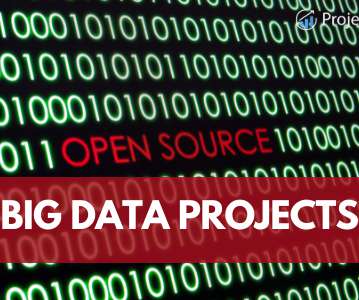5 Use Cases for DynamoDB in 2023
Rockset
DECEMBER 31, 2022
This can allow your system to adjust according to the amount of data traffic, helping you to avoid issues with performance while reducing costs. Access to control rules As data gets more specific and personal, it becomes more important to have effective access control. This is a great advantage for diagnostics.













Let's personalize your content